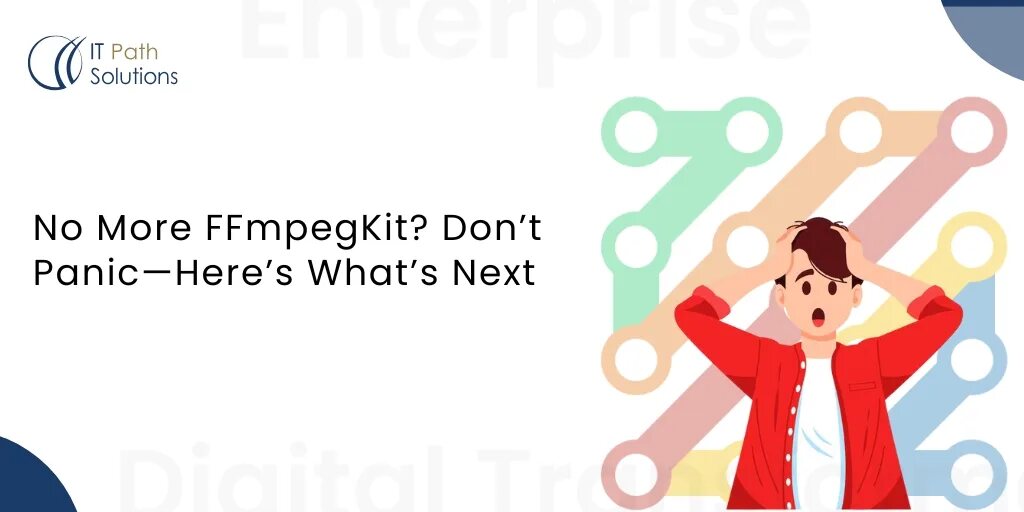


FFmpegKit Shutdown: What It Means and Top Alternatives to Consider
In a surprising development for developers and businesses worldwide, FFmpegKit — one of the widely used open-source multimedia frameworks — has officially shut down. For years, FFmpegKit provided a critical bridge for audio and video processing across platforms, simplifying the use of FFmpeg with mobile and cross-platform development.
But now that FFmpegKit is no longer actively maintained, many developers are left asking the same urgent questions:
What’s next? How do you keep your apps running smoothly? What alternatives can replace FFmpegKit without compromising quality or performance?
In this blog, we’ll walk you through what the FFmpegKit shutdown means, why it matters, and a detailed look at the top FFmpeg alternatives you should consider today. Whether you’re maintaining an existing project or starting a new one, this guide will help you navigate the transition confidently.
FFmpegKit was an open-source project built on top of FFmpeg, the legendary multimedia framework for handling video, audio, and other multimedia files and streams. FFmpegKit made it easier for developers to integrate FFmpeg into iOS, Android, and cross-platform apps with features like:
It helped speed up development and enabled advanced media processing without starting from scratch.
The sudden shutdown of FFmpegKit is a major issue for several reasons:
If your app or business currently relies on FFmpegKit, continuing without migrating could lead to technical debt, security risks, and degraded performance.
If you’re impacted by the FFmpegKit shutdown, here’s what you should do immediately:
Here are some of the best FFmpegKit alternatives you can adopt today:
Img.ly’s VideoEditor SDK offers a robust, production-ready media editing platform for mobile and web apps.
Key Features:
Best For: Apps needing advanced video editing capabilities with quick integration.
BytePlus Effects comes from ByteDance (TikTok’s parent company), offering a wide range of real-time video effects and AR capabilities.
Key Features:
Best For: Apps focused on video effects, live streaming, AR filters, and enhancing user-generated content.
Banuba is a trusted name for real-time video editing and AR SDKs.
Key Features:
Best For: Apps that need rich AR experiences, quick video editing, and offline processing.
For developers who prefer direct control, integrating FFmpeg manually into your app (without using a wrapper like FFmpegKit) is another route.
Key Features:
Drawbacks:
Best For: Experienced developers who need maximum control and are willing to manage maintenance and updates manually.
The shutdown of FFmpegKit marks the end of an era, but it also opens new doors to more powerful, scalable, and innovative solutions. Whether you choose a premium SDK like Img.ly or opt for more control with native FFmpeg integration, acting sooner rather than later will protect your app’s stability, performance, and security.
If you need help migrating from FFmpegKit or integrating a modern video editing solution, our team is here to help! We offer 24/7 migration support, consulting, and full-cycle development services to ensure a seamless transition.
